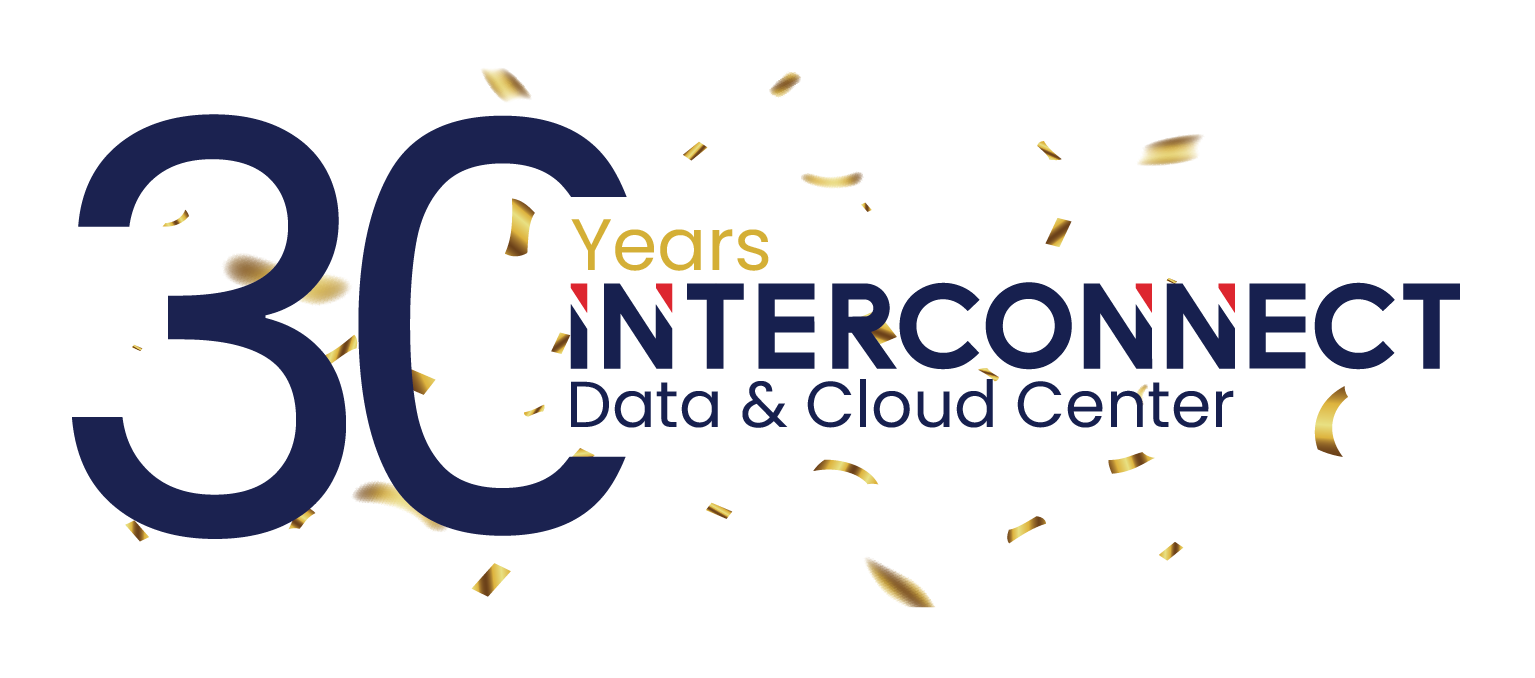The truth about datacenters: invisible and indispensable
In the media, you often see negative coverage about datacenters, claiming they consume too much energy, require excessive water, or something else. But what’s often overlooked is a key question: why are datacenters essential to the Dutch economy?

Everyone knows Amsterdam Airport Schiphol and most people have fond memories of it. It brings to mind travel, shops, suitcases, airplanes, and leisure. Schiphol is a vital part of society. It is indispensable. The same is true for the Port of Rotterdam, the largest port in Europe. It is essential, irreplaceable, and highly visible within the Netherlands. Countless containers pass through carrying thousands of goods and packages.
Since the pandemic, online shopping has grown significantly. Most people are pleased when the delivery driver arrives with a long awaited order. Yet curiously, the third main port of the Netherlands, its digital mainport, the datacenters, is often viewed differently.
Media coverage about datacenters frequently focuses on negative aspects such as high energy consumption, water usage, or their perceived impact on the landscape. But in reality, datacenters are as indispensable to the Dutch economy as the airport and the seaport. They are critical infrastructure enabling commerce, innovation, and the digital services that keep society running.
Benefits of datacenters
Datacenters play a fundamental role in our society and digital economy. Everything that happens online can be traced back to a datacenter. These facilities house countless digital applications and form the foundation of the internet. Inside these buildings full of servers and other digital equipment, photos, videos, games, and other files are stored. Important software runs continuously, and data is exchanged between networks. While datacenters often remain invisible to the outside world, they are indispensable. They have an immense impact on everyday online activities such as internet banking, booking travel, and mobile communication.
Why are there multiple datacenters?
In 1988, the Netherlands became the second country in the world to connect to the internet. Since then, it has remained a global leader in networks, digital infrastructure, and connectivity. Its central location also makes the Netherlands an ideal gateway to the rest of Europe. This robust digital infrastructure has fostered a strong digital ecosystem with numerous tech companies supporting the industry. This ecosystem developed organically because companies prefer proximity for cost and operational efficiency. That is why Interconnect’s datacenters are located in ’s-Hertogenbosch, the data science city of the Netherlands and Eindhoven, the country’s most innovative city. We play a key role in connecting the fastest-growing data and tech region in the southern Netherlands.
Similar to the rise of regional airports like Lelystad and Eindhoven, regional datacenters are also expanding. Today, professional datacenters can be found within a 30-kilometer radius across the Netherlands. Each regional datacenter supports a unique ecosystem and maintains strong connections to the Amsterdam region. These facilities provide platforms for organizations to process, store, and transmit their data and services. Hospitals, universities, SMEs, and various IT service providers rely on professional datacenters. Regional datacenters are also crucial for developments in 5G, Internet of Things, and Edge computing because they are closer to end users.
Energy efficiency within a datacenter
Datacenters may appear simple on the outside, but nothing could be further from the truth. These facilities prioritize uninterrupted service, and every detail is carefully managed. Critical elements include temperature control, power availability, security access, and fire safety. Sustainability and efficiency are key goals. Improving efficiency focuses on three areas: servers and networks, cooling systems, and facility operations. While datacenters manage much of this, users also share responsibility, particularly regarding the IT components like hardware and software. Together, datacenters and users strive to use resources as efficiently as possible.
Interconnect’s role as a regional datacenter
At Interconnect, we recognize how vital our role as a regional datacenter is to society. That is why we leave nothing to chance and ensure our services meet the highest quality standards. We understand the complex, technical challenges organizations face that impact their core business. We collaborate to find the best solutions so that nothing is overlooked.
Our datacenter team holds certifications including CDCP, CDCS, CTDC (design consultant), and CDFOM. This expertise enables us to provide both solicited and unsolicited advice on room and rack design, migration, and project management. We are equipped to handle a wide range of challenges.
The datacenter of the future
With new datacenters in ’s-Hertogenbosch, Interconnect is responding to the growing demand for white-label datacenter capacity. Third parties can offer capacity and colocation services to their customers under their own brand name. These partners enjoy maximum flexibility, from exclusive access to branding opportunities like customized signage at the entrance.
Are you curious about what we can do for you? Then contact us now via solutions@interconnect.nl. Or call 073 88 000 00.
